Today we will speak about a potentially serious sleep disorder in which breathing – repeatedly stops and starts. If you snore loudly and feel tired even after a full night’s sleep, you might have sleep apnea.
There are 3 main types of sleep apnea:
- Obstructive sleep apnea occurs when throat muscles relax.
- Central sleep apnea, which occurs when your brain doesn’t send proper signals to the muscles that control breathing.
- Complex sleep apnea syndrome, also known as treatment-emergent central sleep apnea, which occurs when someone has both obstructive sleep apnea and central sleep apnea.
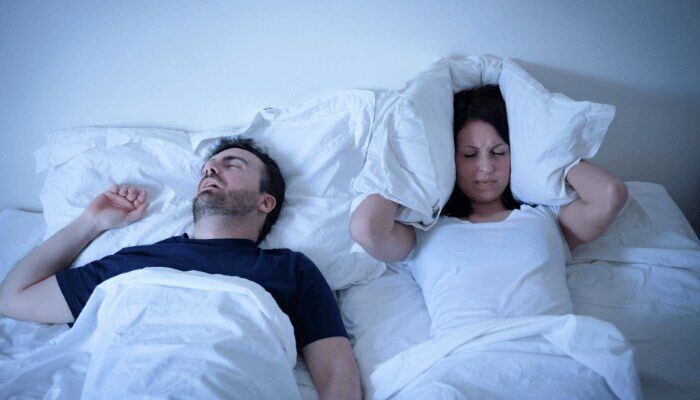
Key Takeaways
- Sleep apnea is a common but serious disorder where breathing repeatedly stops and starts, can lead to feeling tired despite a full night’s sleep.
- Symptoms include loud snoring, episodes of stopped breathing, gasping for air, dry mouth, morning headaches, insomnia, daytime sleepiness, difficulty concentrating, and irritability.
- Causes of obstructive sleep apnea include excess weight, thick neck, narrowed airway, gender (more common in men), age, genetics, use of alcohol/sedatives, smoking, nasal congestion, and associated health problems.
- Clear and detailed sleep reports are crucial for effective sleep apnea treatment and recovery.
The Symptoms of Sleep Apnea
If you or your roommate/bed partner notices the following symptoms, you might have obstructive or central sleep apnea:
- Loud snoring
- Episodes in which you stop breathing during sleep — which would be reported by another person
- Gasping for air during sleep
- Awakening with a dry mouth
- Morning headache
- Difficulty staying asleep (insomnia)
- Excessive daytime sleepiness (hypersomnia)
- Difficulty paying attention while awake
- Irritability
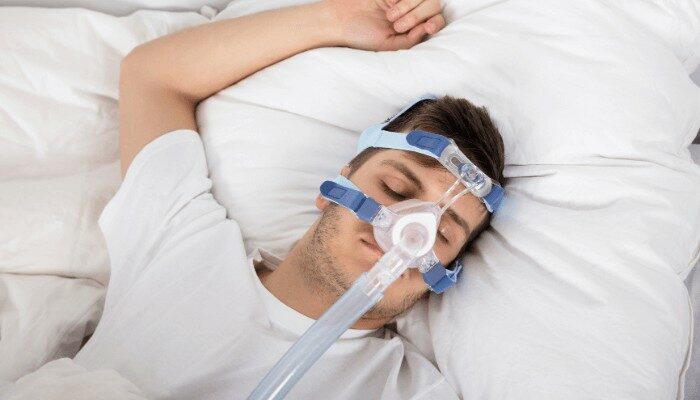
The Symptoms of Sleep Apnea
- Loud snoring, fatigue, daytime sleepiness, etc.
- Tossing and turning, hyperactivity during sleep.
- Waking up during sleep.
- Headache, dry mouth, sore throat when waking up.
- Increased nocturia.
- Even if you have enough sleep time, you can still feel tired after waking up.
- Inability to think clearly during the day and memory loss.
- In some patients with OSAS, the symptoms may not be obvious, and quite a few people mistakenly believe that fatigue or loud snoring is normal.
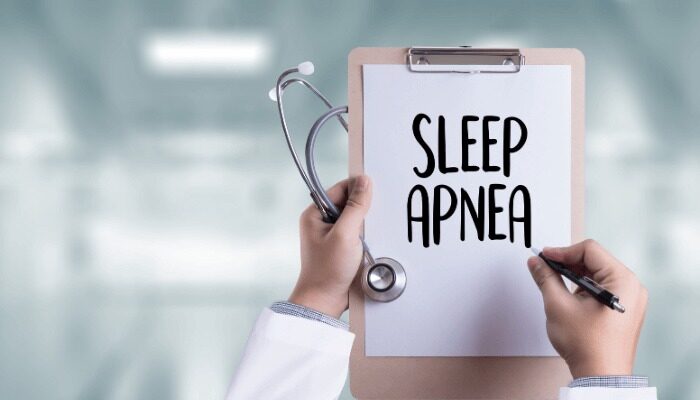
What Causes Sleep Apnea?
Obstructive sleep apnea in adults is a serious sleep disorder that causes breathing to repeatedly stop and start during sleep. This common sleep disorder occurs when the muscles in the throat relax excessively, blocking the airway. The risk of obstructive sleep apnea increases in individuals with a family history of sleep apnea, particularly those with a severe case of sleep apnea.
Obstructive Sleep Apnea
Obstructive sleep apnea happens when the muscles in the back of your throat relax. These muscles support the soft palate, the triangular piece of tissue hanging for the soft palate, the tonsils, the side walls of the throat and the tongue.
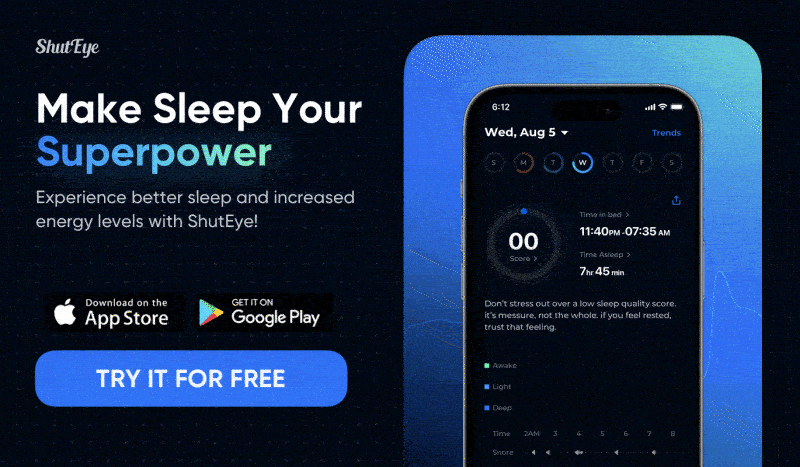
So, when these muscles relax, your airway narrows or closes as you breathe in. The blood oxygen levels while you sleep become low. The brain senses this and immediately gives a signal to wake you up and breathe normally. These short awakenings can happen from 5 to 30 times per night. It will result in a lack of sleep and the following consequences during the daytime.
Central Sleep Apnea
This is a less common kind of sleep apnea. It occurs when your brain fails to transmit signals to your breathing muscles. Simply speaking, you don’t even try to breathe. You might wake up with shortness of breath or have a difficult time getting back to sleep or staying asleep.
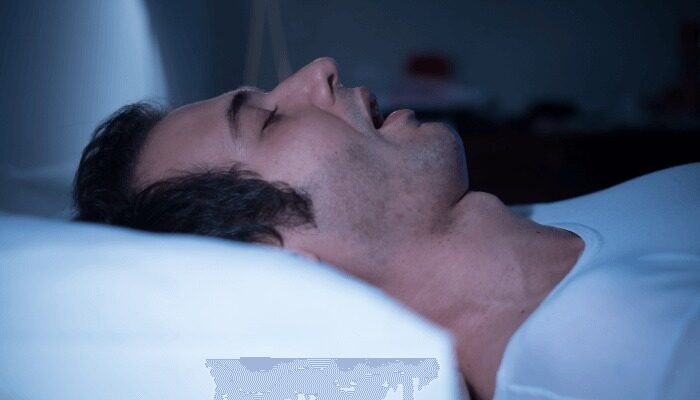
Who Are At Risk For Sleep Apnea?
As for the Obstructive Sleep Apnea, people with these factors are more likely to have it:
- Excess weight. Fat can affect your breathing as it may be around your neck.
- A thick neck may result in a narrower airway.
- Narrowed airway. It may be caused by inflammation or other health problems in the area.
- Men are more likely to have obstructive sleep apnea than women.
- Age. The older, the worse. But not in every case.
- Inherited from family members.
- Alcohol, sedatives, and tranquilizers. All of them relax the muscles in your throat.
- Smoking. It causes inflammation and fluid retention.
- Nasal congestion. If the nose doesn’t breathe normally, the throat won’t be able to work for two.
- Side health problems. Heart failure, blood pressure, diabetes type 2 and etc.
As for the Central Sleep Apnea, people with these factors are more likely to have it:
- Age. Middle-aged and older people have a higher risk of having Central Sleep Apnea.
- Male. Central Sleep Apnea is more common in men than in women.
- Heart disorders. Having congestive heart failure increases the risk.
- Using narcotic pain medications. Opioid medications, especially long-acting ones such as methadone, increase the risk of central sleep apnea.
- Stroke. Having had a stroke increases your risk of central sleep apnea or treatment-emergent central sleep apnea.

Sleep Apnea in Children
Sleep apnea in children, though less common, presents unique challenges. Children with obstructive sleep apnea may exhibit different symptoms compared to adults. In both children and adults, treatment for obstructive sleep apnea depends on the severity of the condition.
Mild sleep apnea might require lifestyle changes to improve sleep, while moderate to severe sleep apnea often necessitates the use of an airway pressure device. In cases of treatment-emergent central sleep apnea, a more complex condition where both obstructive sleep apnea and central sleep apnea occur, the treatment approach might differ.
Central sleep apnea happens when your brain fails to send the right signals to muscles that control breathing, and factors like advanced heart conditions can exacerbate this. The position in which you sleep can also influence the severity of sleep apnea. A sleep center can offer comprehensive diagnosis and treatment options, helping to improve the quality of sleep for those affected significantly.
How to Treat Sleep Apnea?
The first step is a diagnosis. Your doctor may ask you to provide some signs and symptoms based on the observations collected by your bed partner or roommate. If you live alone or there are other reasons that can’t help in gathering information, the ShutEye: a friend in need is a friend indeed.
The ShutEye has a great number of features and tools that will help you to record your sleep. Whether you snore, sleep talk, or make any other possible noise, ShutEye will record it, remember it, and in the morning after you turn the tracker off, you will see the report. You can let your doctor listen to it. Your doctor will only be able to make a proper diagnosis once it is certain that your signs and symptoms point towards having sleep apnea.
Once the diagnosis is set, the next step is to begin treatment for sleep apnea. Depending on your doctor’s diagnosis, he or she may suggest different treatment options ranging from therapeutic devices or surgeries, in more serious circumstances..
Therapies:
- Continuous positive airway pressure
- Oral appliances
- Treatment for associated health problems
- Supplement oxygen
- Adaptive servo-ventilation
Surgeries:
- Tissue removal
- Tissue shrinkage
- Jaw repositioning
- Implants
- Nerve stimulation
- Creating a new air passageway (tracheostomy)
So, as we may see, there are many ways to treat sleep apnea. Their application depends on individual characteristics. But the most important thing is to set the right diagnosis. Remember, the clearer and more detailed your sleep report is, the faster you will recover, as your doctor will get all necessary information.
This was the article about different types of sleep apnea and the ways of treating it. We hope that it was useful! Stay tuned, healthy and safe!
FAQ
What are the common symptoms of sleep apnea?
Common symptoms of obstructive sleep apnea include loud snoring, gasping for air repeatedly during sleep, morning headaches, excessive daytime sleepiness, and difficulty concentrating.
What are the risk factors for sleep apnea?
Risk factors for sleep apnea include being overweight, having a large neck size, being male, being over the age of 40, having a family history of sleep apnea, and smoking.
How is sleep apnea diagnosed?
Sleep apnea is diagnosed through a sleep study, also known as polysomnography, which measures various body functions during sleep to determine if apnea events are occurring.
What are the different types of sleep apnea?
The two main types of sleep apnea are obstructive sleep apnea, which occurs when the throat muscles relax, and central sleep apnea, which happens when the brain fails to send proper signals to the muscles that control breathing.
How is sleep apnea treated?
Treatment for people with sleep apnea may include lifestyle changes, such as weight loss and regular exercise, the use of a continuous positive airway pressure (CPAP) machine, or surgery to correct anatomical abnormalities that contribute to sleep apnea.
Can children have sleep apnea?
Yes, children can also suffer from sleep apnea. Symptoms in children may include bedwetting, poor school performance, hyperactivity, or attention problems.
What are the potential health risks associated with untreated sleep apnea?
Untreated sleep apnea can lead to serious health complications, such as high blood pressure, heart disease, stroke, diabetes, and an increased risk of accidents due to daytime sleepiness.
Who can diagnose and treat sleep apnea?
Sleep apnea can be diagnosed and treated by sleep specialists, pulmonologists, otolaryngologists, and other healthcare professionals with expertise in sleep medicine.
Are there any home sleep tests available for diagnosing sleep apnea?
Yes, there are home sleep tests available which allow individuals to monitor their sleep patterns and collect data on their blood oxygen levels and breathing patterns while they sleep.
Can lifestyle changes help in managing sleep apnea?
Yes, lifestyle changes such as maintaining a healthy weight, avoiding alcohol and sedatives before bedtime, and sleeping on your side instead of your back can help in managing mild cases of sleep apnea.


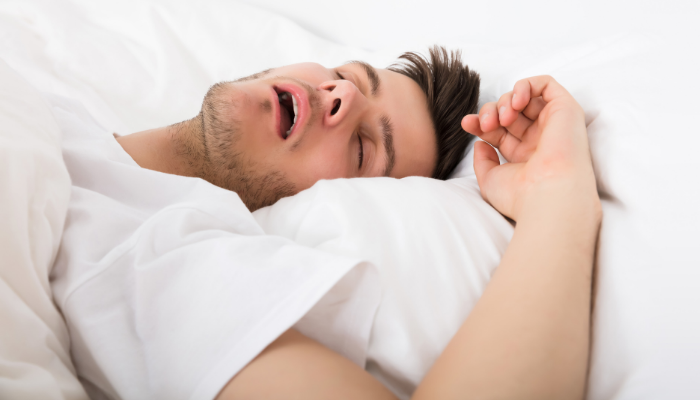


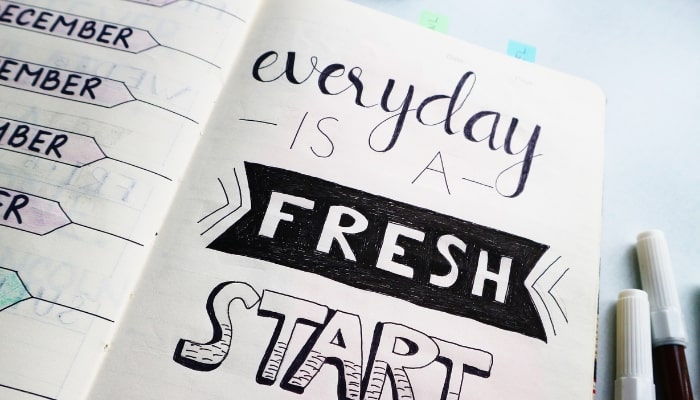
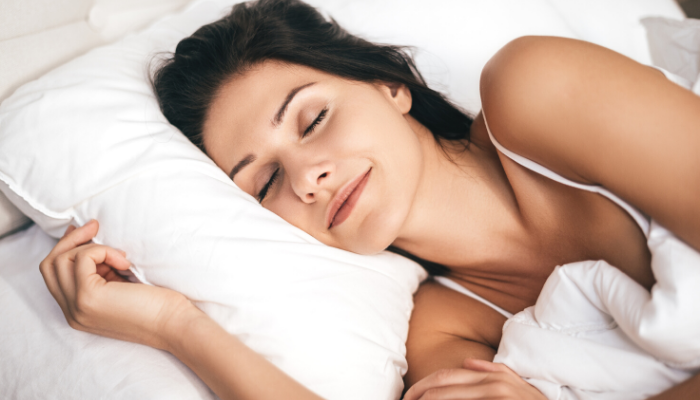
Lots of great info!
I will try it
Does ShutEye track sleep apnea?
Yes, ShutEye could detect sleep apnea.
Never mind – looks like it was corrected – thanks!
I like your service
Shut eye detects & monitor sleep apnea
Thank you for the accurate info. Much appreciated.
This was very helpful.
Dear sir, i had sleep apnea from 5 years without positive air pressure and without surgery what’s is other best option for treatment of sleep apnea.
Please reply.
Thanks & regards,